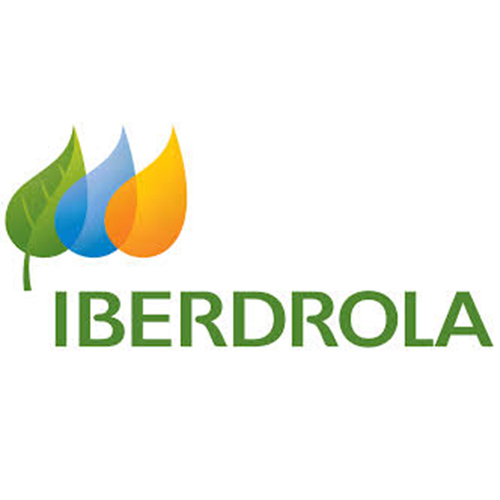GUIDELINES FOR AN INTEGRATED ENERGY STRATEGY
Helping companies achieve their sustainable energy objectives
Executive summary
The energy sector is undergoing a fundamental transition – driven by new technologies, new business models, and the need to limit climate change. To derive opportunities from the energy transition, energy users need to rethink how they source and consume energy within their business, and collaborate with stakeholders along their energy-related value chain.
An integrated energy strategy sets out how to achieve a company’s energy-related financial and environmental objectives – considering all energy uses within its operations and across its energy-related value chain. Crucially, an integrated energy strategy defines these objectives – including cost reductions, energy and carbon savings – and sets a roadmap for achieving them.
Companies with an integrated approach to energy:
- Consider all energy uses – electricity, heating and cooling in buildings and industry, and transport – across all assets and geographies;
- Include all relevant internal stakeholders – from procurement and operations through to finance and executive management;
- Collaborate with external stakeholders, across the supply chain, customers and local end-users.
Collaboration is key to building a successful integrated energy strategy. Working across functions internally and with stakeholders across the value chain is critical to understanding your company’s position in an evolving energy system, unlocking marketplace value and managing social and environmental impacts, including climate change.
With an integrated energy strategy, companies can elevate energy from an operational expense to a strategic priority; articulate the business benefits of energy investments; identify potential synergies with suitable partners; employ novel business models; and access new sources of capital.
These guidelines consist of four key sections:
1. An overview outlining what an integrated energy strategy is, why your business needs one, and how you can develop your strategy;
2. A description of the six key elements that are vital for an effective integrated energy strategy, ranging from a credible vision and strong governance to robust data and effective stakeholder management;
3. Two implementation guides, providing guidance and examples of collaboration on energy efficiency and low-carbon energy sourcing;
4. A set of nine business cases showing how your company can best integrate renewable technologies such as solar cooling and heat pumps into operations.
Using this guidance will allow you to visualize your company’s energy journey, generate and maintain buy-in across your organization and future proof your energy strategy. Collaborating with external partners will unlock additional opportunities, drive innovation and accelerate the transition to resilient and low-carbon operations across your businesses and those in your value chain.
Developing your integrated energy strategy

Implementation guides
Watch this video for a high-level look at integrated energy strategies
Acknowledgements
This webpage and its content are the result of a collaborative effort between the World Business Council for Sustainable Development (WBCSD), Carbon Intelligence and representatives from WBCSD member companies participating in the New Energy Solutions project. A range of WBCSD members reviewed the material, thereby ensuring that the document broadly represents the majority view of members of the New Energy Solutions project. It does not mean, however, that every company agrees with every word.
This report was drafted by WBCSD and Richard Tarboton and Will Jenkins from Carbon Intelligence.
WBCSD’s New Energy Solutions project currently includes the following companies:

Copyright © 2025
World Business Council for Sustainable Development
All rights reserved | Privacy Policy
























